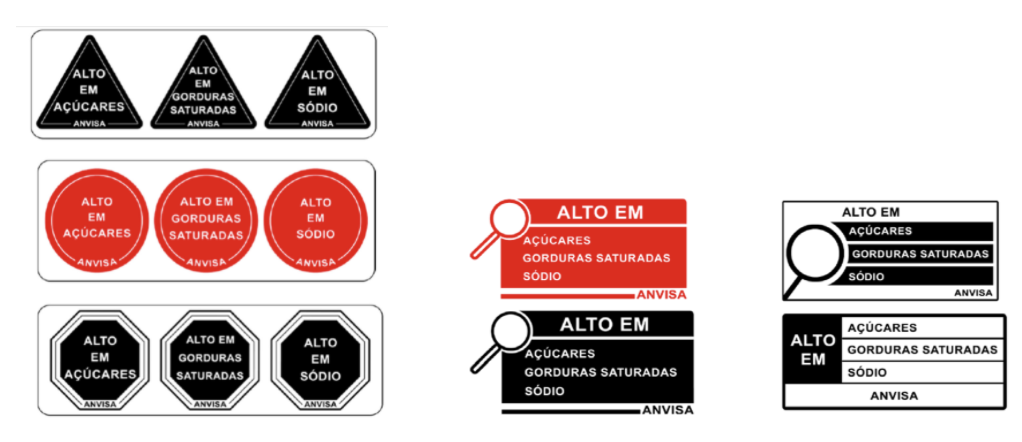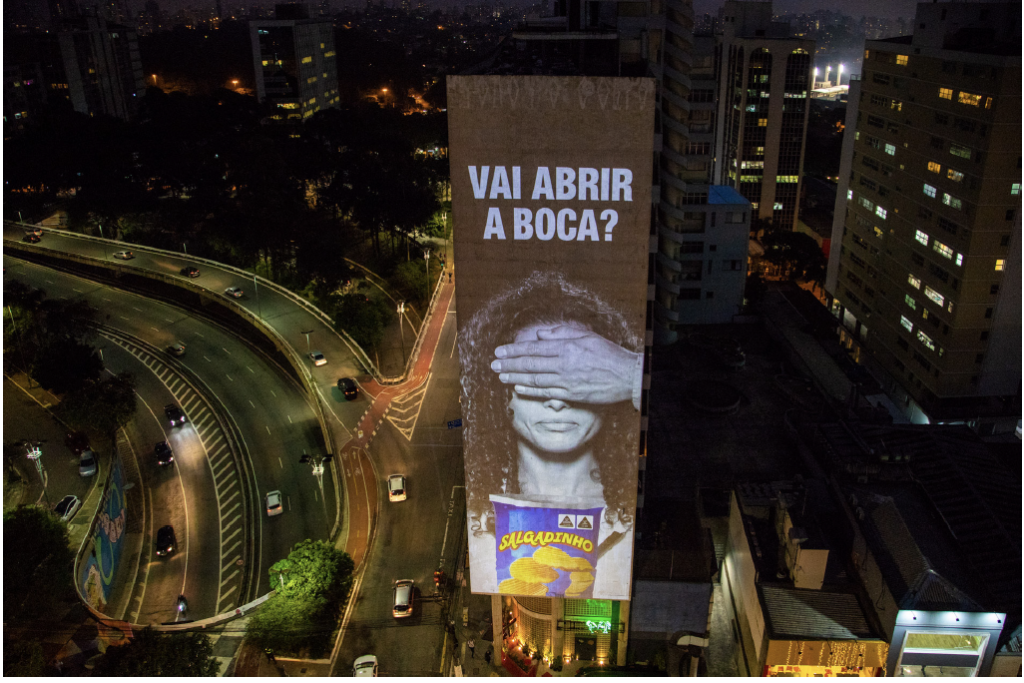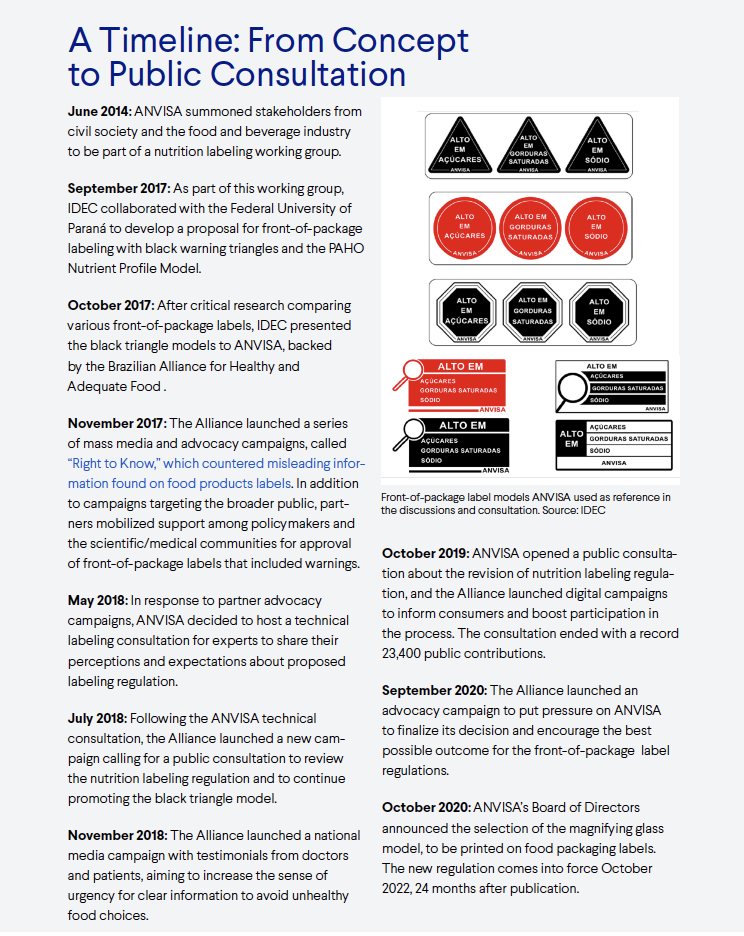Q&A with André Corrêa, Idec Communication Manager and Tainá Costa, Vital Strategies Communication Program Manager
One of every five Brazilian adults is obese and new legislation mandating front-of-package nutrition labels is set to counter the trend. The new guidelines will be implemented in October 2022 after six long years of advocacy from civil society organizations.
Today the Brazilian Institute for Consumer Protection (Idec) and Vital Strategies released a case study on the communication and advocacy campaign that led to one of the most successful public consultations—a Brazilian social participation mechanism—where the public can provide feedback and recommendations on laws and policies. In this instance more than 20,000 people submitted comments, more than for any other policy up for consideration. The case study is instructive for future campaigns meant to generate public participation in the legislative process, especially as it pertains to public health.
Get Our Latest Public Health News
Join our email list and be the first to know about our public health news, publications and interviews with experts.
To learn more about the advocacy that led to the implementation of front-of-package labels we sat down with André Corrêa, Communication Manager of Idec and Tainá Costa, Communication Program Manager at Vital Strategies.

Next October, Brazil begins the countdown to the implementation of the new nutritional labeling standard for packaged foods in the country. What did the advocacy process look like?
First, we want to provide some background information on the food environment in Brazil. We are facing a rapid transition from traditional diets to diets high in ultra-processed foods and beverages. It is connected to a massive increase in obesity rates in the country. Obesity rates in Brazil jumped from 11.8% in 2006 to 19.8% in 2018, according to Vigitel, a Brazilian national telephone survey conducted by the Ministry of Health.
Against this backdrop, the Brazilian Institute of Consumer Rights (Idec) conducted research that found consumers need clear and easy-to-understand information on food products to help them make healthier choices. In response to this finding, Brazil’s Health Surveillance Agency (ANVISA), an autonomous regulatory branch of Brazil’s Health Ministry, convened stakeholders from civil society, the food industry and other organizations, to participate in a working group to develop a new food labeling system.
The group first met in 2014 and agreed upon the need for a system to warn the public about the health risks of processed foods high in salt, fat, and sugar. Yet, what that system would look like was far less clear. To address this, the proposals navigated between civil society recommendations—which pressed for strong warning labels—and the food industry, which called for “weaker labels”. The Brazilian Institute of Consumer Rights, in collaboration with partners from the Brazilian Alliance for Healthy and Adequate Food, a civil society coalition, led a series of communication campaigns titled “Right to Know” to promote effective front-of-package labels from 2017-2018
The working group then proposed two main models of labeling: the “magnifying glass” and “black triangles” to Brazil’s Health Surveillance Agency (ANVISA). In October 2019, ANVISA opened a public consultation to incorporate public voices in determining the most effective food labeling model.
Vital Strategies, as part of the Bloomberg Philanthropies Food Policy Program, supported partners to develop the successful communication campaigns that were a critical component of the policy advocacy effort to adopt the black triangles, which research showed were much more effective. The case study released today focuses on strategies which engaged public participation during the 2019 public consultation which ultimately led to the selection and approval of a food labeling model.

You mention that partners launched a series of mass media and advocacy campaigns, called “Right to Know.” Can you tell me more about how you developed these concepts?
The “Right to Know” concept highlights how consumers don’t really know what they are eating today, and that they have the right to clear information on food packages. The communication effort started in 2017 with a campaign countering misleading information found on product labels. In 2018 the campaign included testimonial videos to increase the sense of urgency for clear warning labels to avoid unhealthy food choices. And in 2019, the campaign included a digital media campaign to increase public participation and determine the most effective food labeling model.
The first step to develop this phase of the campaign was to identify the audience. Since ANVISA’s public consultations usually have a complex format that demands a certain level of education and expertise, partners agreed to focus on target audiences more likely to contribute: parents, adults, those interested in health and youth. Based on these target audiences, partners then commissioned a creative agency to develop three main concepts to test.
The concepts reflected three different approaches. Each concept was evaluated by the number of impressions, views, clicks, visits to the campaign website and time participants spent viewing the concept. Concept B “When you open your mouth, don’t close your eyes” achieved the highest number of impressions, showing its relevance to a broader audience, as well as the highest number of clicks and website visits across multiple pages. Concept B was then adapted to a series of communication campaigns, and presented across several formats, including digital banners, social media posts and videos.

Were there any adjustments that needed to be made during the digital campaign? What were the results of the campaign?
During the campaign process, we made a series of adjustments to the strategy. Near the end of the public consultation, ANVISA decided to extend the deadline to participate in the public consultation to another 30 days. At that point, we felt that social media outlets were already saturated with messaging. So, we decided to project a video on the side of a 30-foot building along São Paulo’s main avenue, Avenida Paulista. The projection lasted three hours, playing a selection of campaign videos and reaching thousands of people who passed by during a busy weekday. It also generated more than 30 stories on national and local media and creatively reinforced our message

We found the campaign was largely successful and led to an unprecedented number—23, 400–contributions from individuals during the public consultation. Campaign materials were seen 741.4 million times, with digital media delivering 95% of campaign results. The Ministry of Health is moving forward with implementing front of package food labeling in Brazil. Our campaigns and findings helped to provide information on consumer preference of front of package labeling models, raise public awareness and engage participation. Although the black triangle model was preferred by participants in the public consultation, ANVISA has selected the magnifying glass as the proposed model.
What can other countries learn from Brazil’s experiences implementing nutritional labelling?
The results of the campaign show a carefully thought out and tested campaign strategy can lead to great audience engagement. By targeting the right audiences, testing and tailoring messages individually, incorporating community focused activities and reaching out to influencers, civil society was able to highlight the lack of information on unhealthy products available to consumers, emphasize the relationship between ultra-processed food and diseases and implement a new food labeling system in Brazil.
While this case study focuses specifically on food labeling in Brazil, the media strategies used—in addition to the direct advocacy and public actions of partners—can be adapted for other public health campaigns in other countries that seek to generate public engagement and behaviour change.

Read the full case study, How Media Helped Build the Case for Front-of-Package Warning Labels in Brazil.
To learn more about Vital Strategies work, visit our Food Policy Program page.